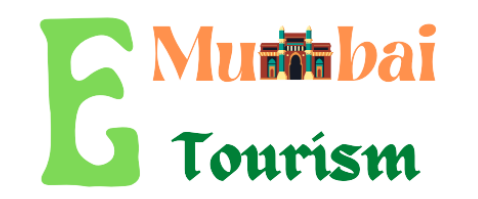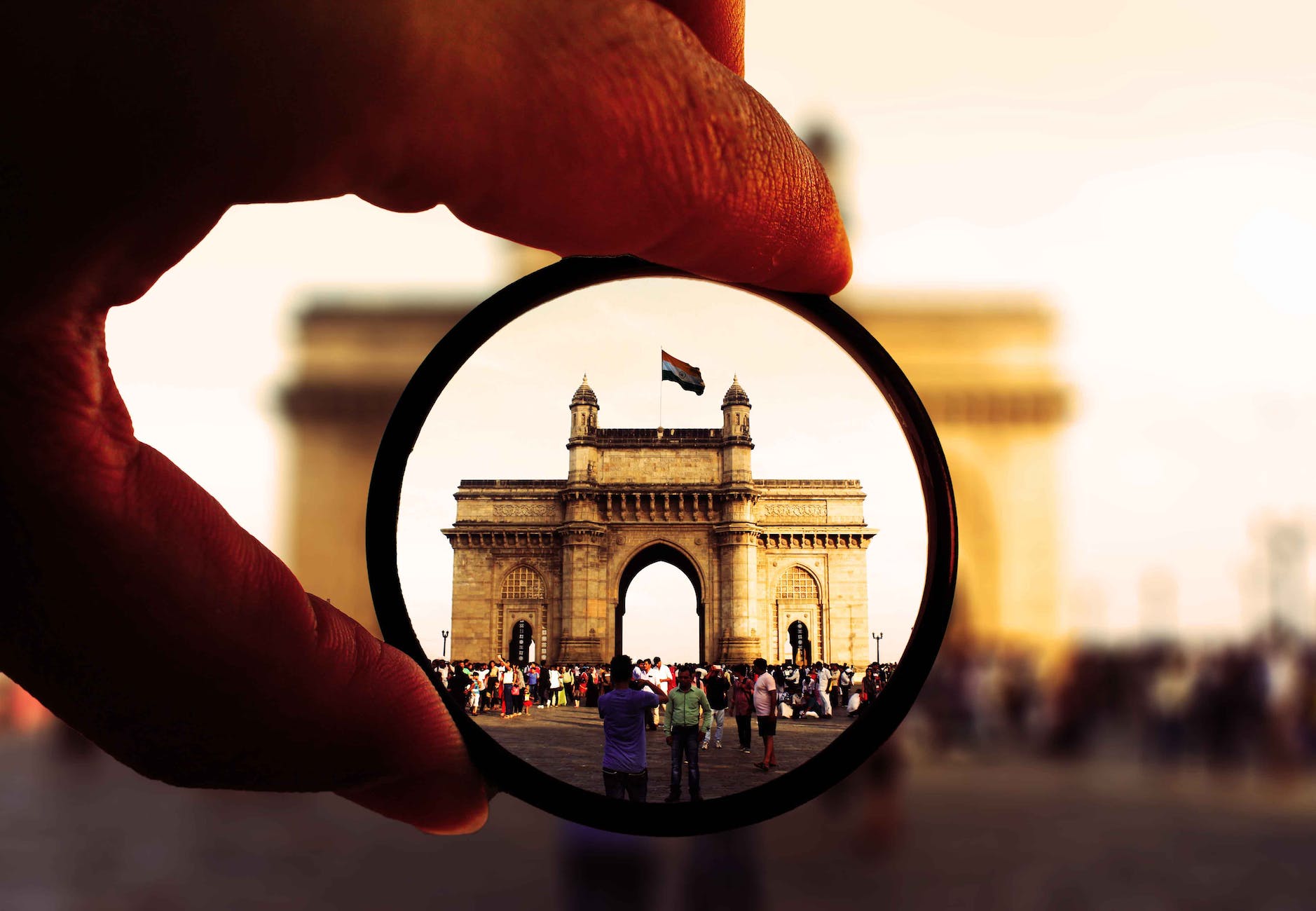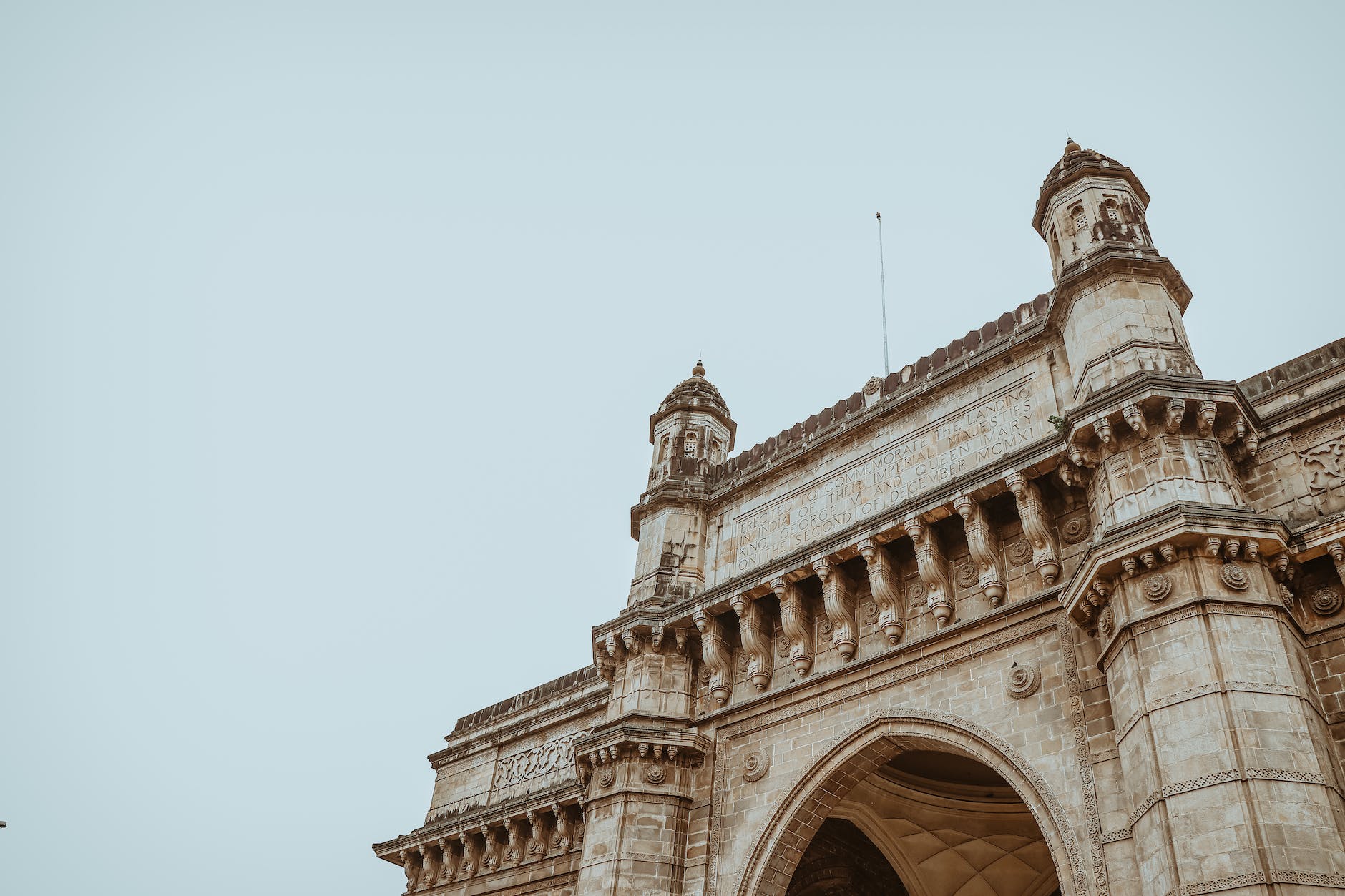Mumbai have big History, If your know about History of Mumbai explore Mumbai read this article. Following the first war of Independence in 1857, the East India Company was accused of mismanagement, and Bombay reverted to the British crown. With the outbreak of the American Civil War in 1861, and the opening of the Suez Canal in 1869, exports, specially cotton, from Bombay became a major part of the colonial economy.
The Great Indian Peninsular Railway facilitated travel within India. This network of commerce and communication led to an accumulation of wealth. This was channelled into building an Imperial Bombay by a succession of Governors. Many of Bombay’s famous landmarks, the Flora Fountain and the Victoria Terminus, date from this time.
Mumbai
The water works, including the Hanging Gardens and the lakes were also built at this time. The Bombay Municipal Corporation was founded in 1872. However, this facade of a progressive and well-governed city was belied by the plague epidemics of the 1890s. This dichotomy between the city’s symbols of power and prosperity and the living conditions of the people who make it so continues even today.

The construction of Imperial Bombay continued well into the 20th century. Landmarks from this period are the Gateway of India, the General Post Office, the Town Hall (now the Asiatic Library) and the Prince of Wales Museum. Bombay expanded northwards into the first suburbs, before spreading its nightmare tentacles into the the northern suburbs. The nearly 2000 acres reclaimed by the Port Trust depressed the property market for a while, but the Backbay reclamation scandal of the ’20s was a testament to the greed for land.
The freedom movement reached a high pitch of activity against this background of developing Indian wealth. Gandhi returned from South Africa and reached Bombay on January 12, 1915. Following many campaigns in the succeeding years, the end of the British imperial rule in India was clearly presaged by the Quit India declaration by the Indian National Congress on August 8, 1942, in Gowalia Tank Maidan, near Kemp’s Corner. India became a free country on August 15, 1947. In the meanwhile, Greater Bombay had come into existence through an Act of the British parliament in 1945
Q: What is the best time to visit Mumbai? A: The best time to visit Mumbai is from November to February when the weather is pleasant and cool.
Q: How safe is Mumbai for tourists? A: Mumbai is generally considered safe for tourists, but like any other big city, it is advisable to take necessary precautions and be aware of your surroundings.
Q: How can I get around Mumbai? A: You can get around Mumbai by taxi, auto-rickshaw, local trains, buses, and private cabs. The local trains are the most economical and fastest way to travel within the city.
Q: What are some of the must-visit tourist destinations in Mumbai? A: Some of the must-visit tourist destinations in Mumbai are the Gateway of India, Marine Drive, Elephanta Caves, Chhatrapati Shivaji Terminus, Haji Ali Mosque, and Juhu Beach, among others.
Q: What is the local cuisine of Mumbai? A: Mumbai’s local cuisine is a mix of traditional Maharashtrian, South Indian, and Coastal dishes. Some popular dishes include vada pav, pav bhaji, bhel puri, and seafood such as crab, prawn, and fish curry.
Q: Is Mumbai a budget-friendly city? A: Mumbai can be budget-friendly if you choose to stay in budget-friendly accommodations and eat at street-side food stalls. However, if you opt for luxury options, it can be expensive.


